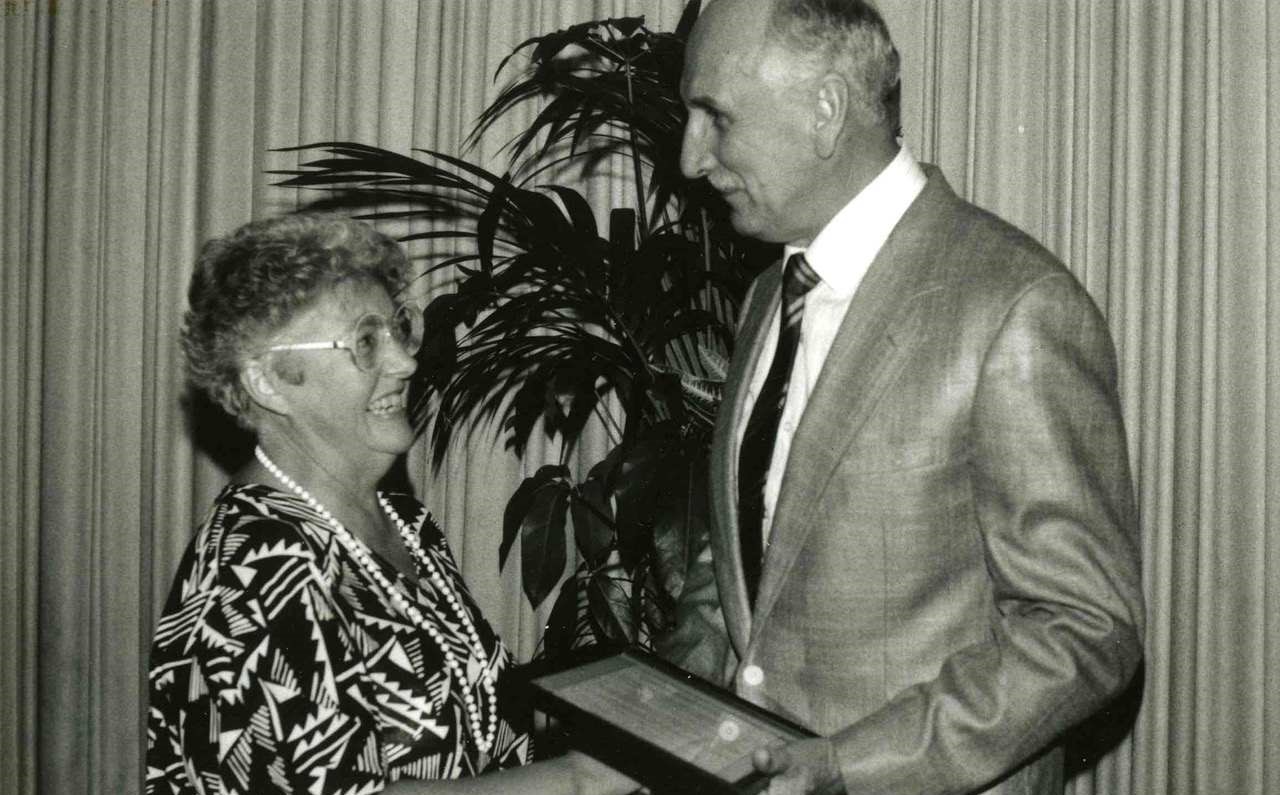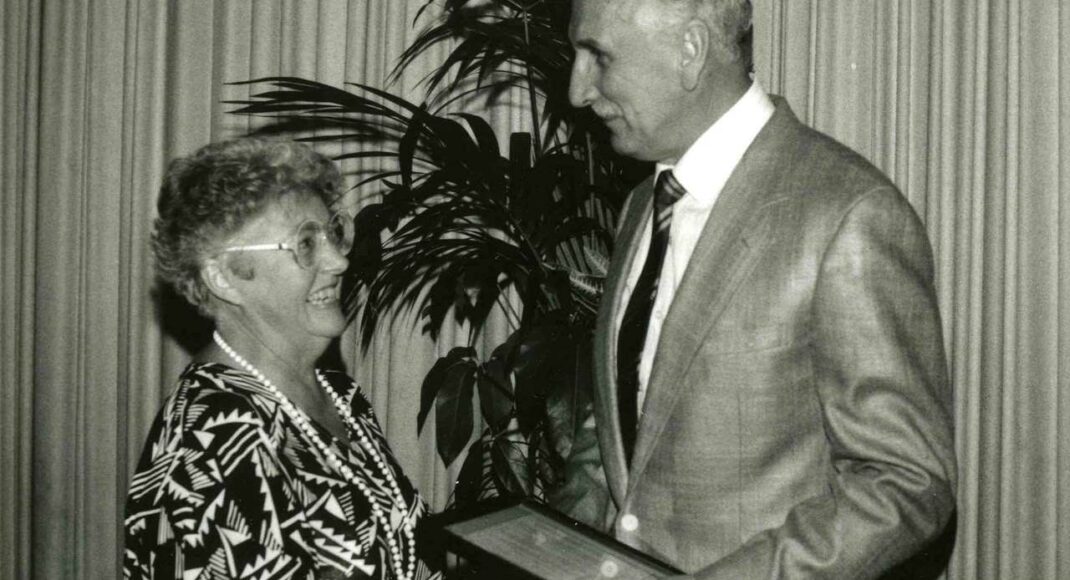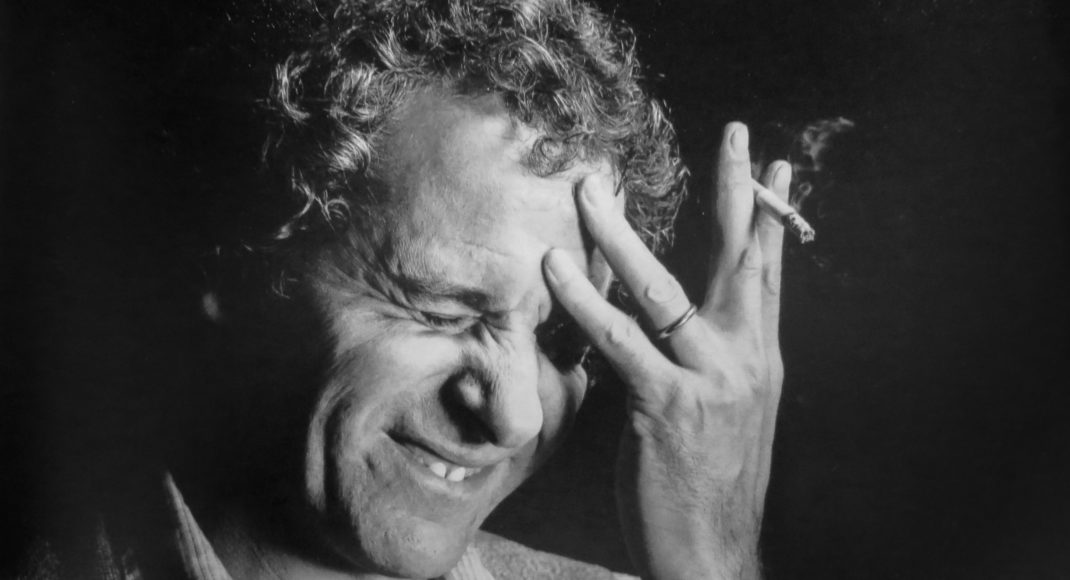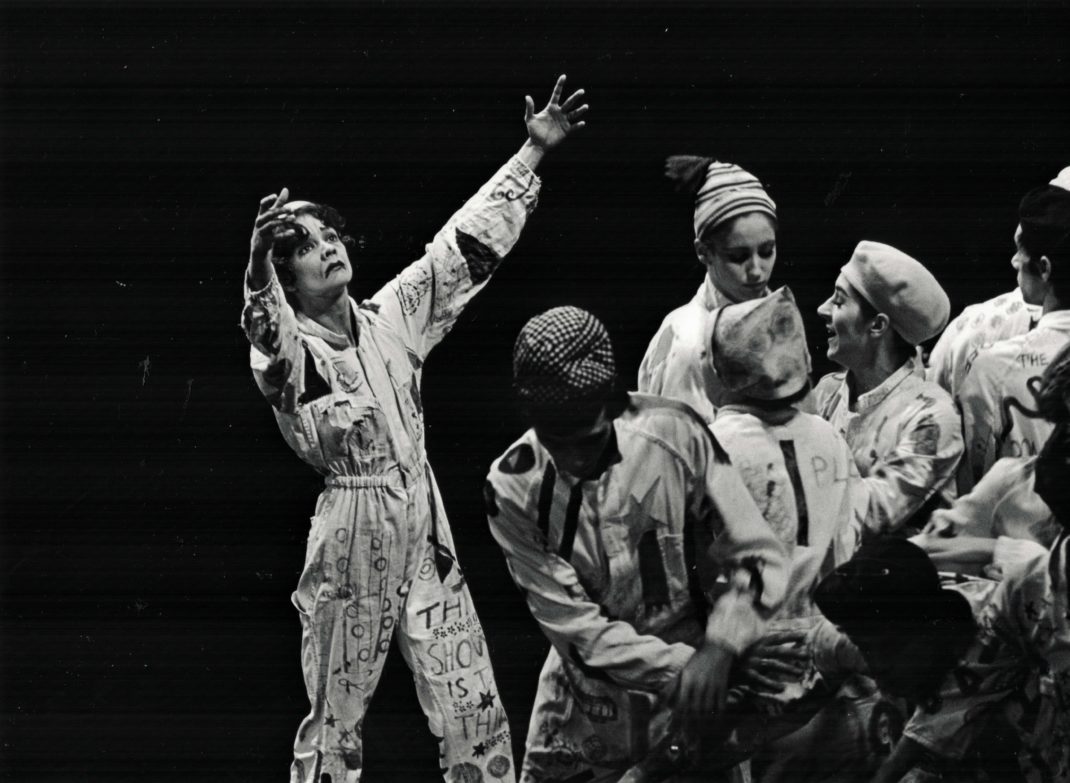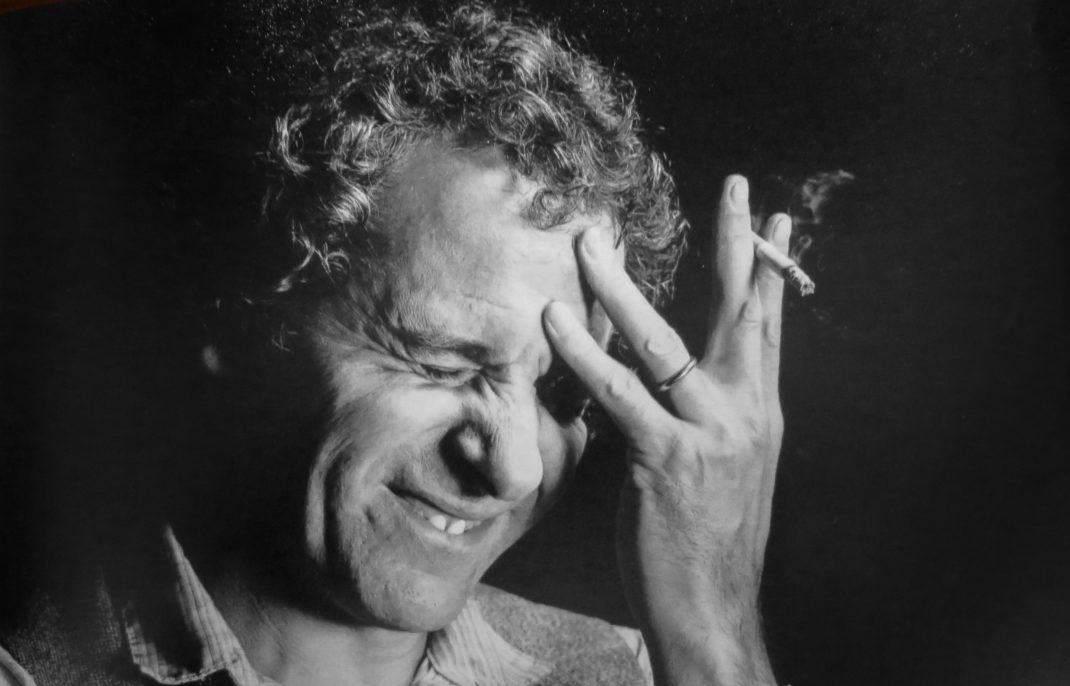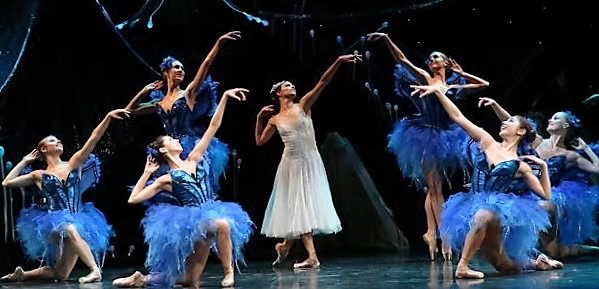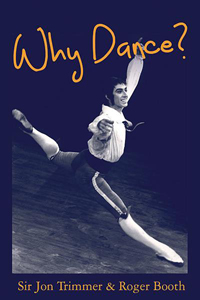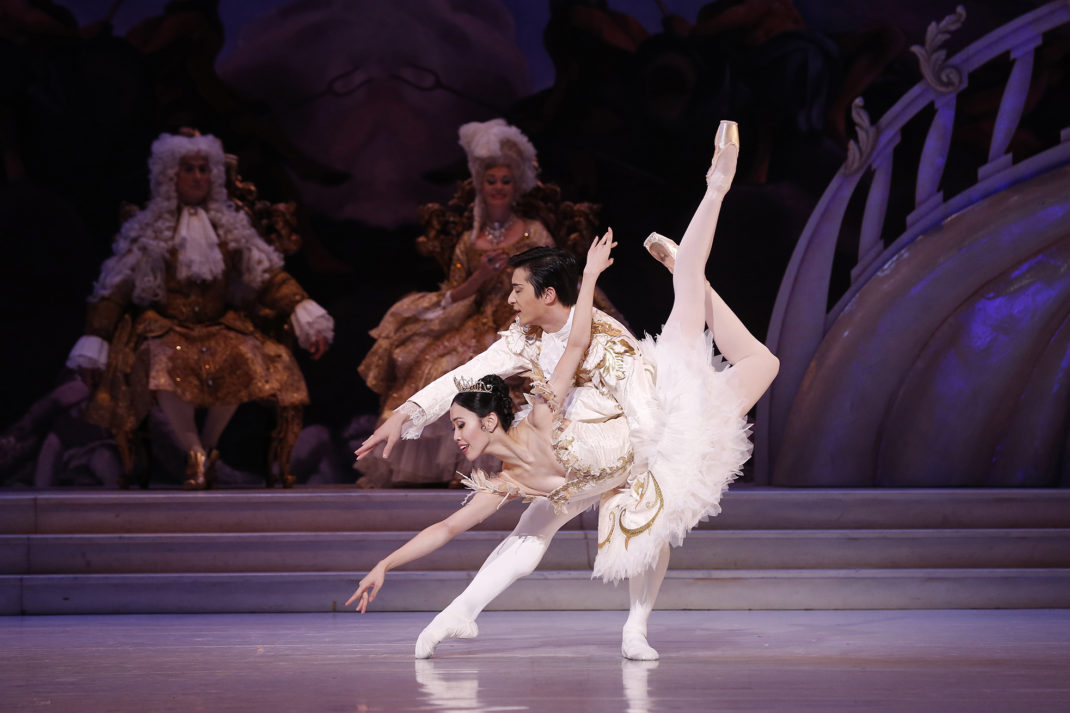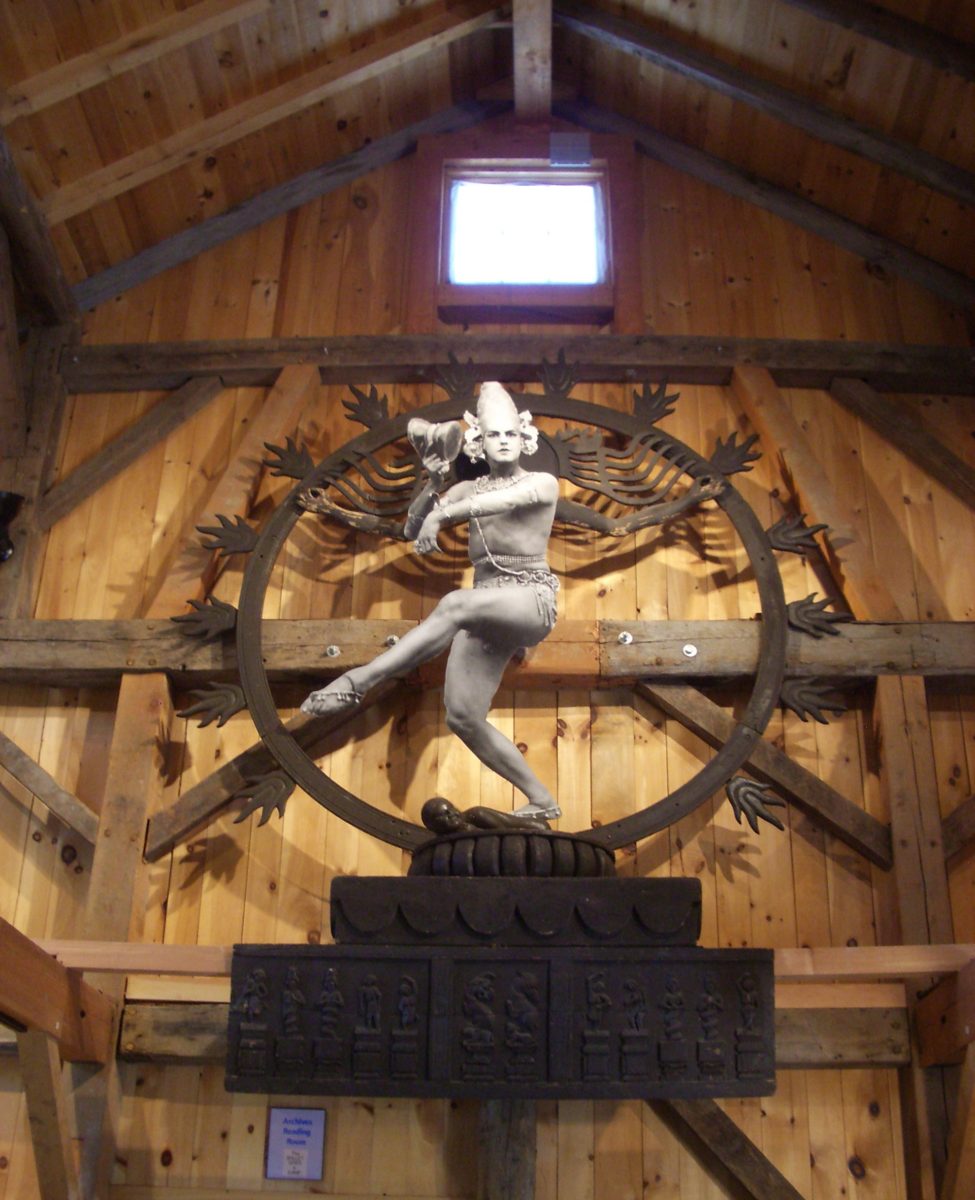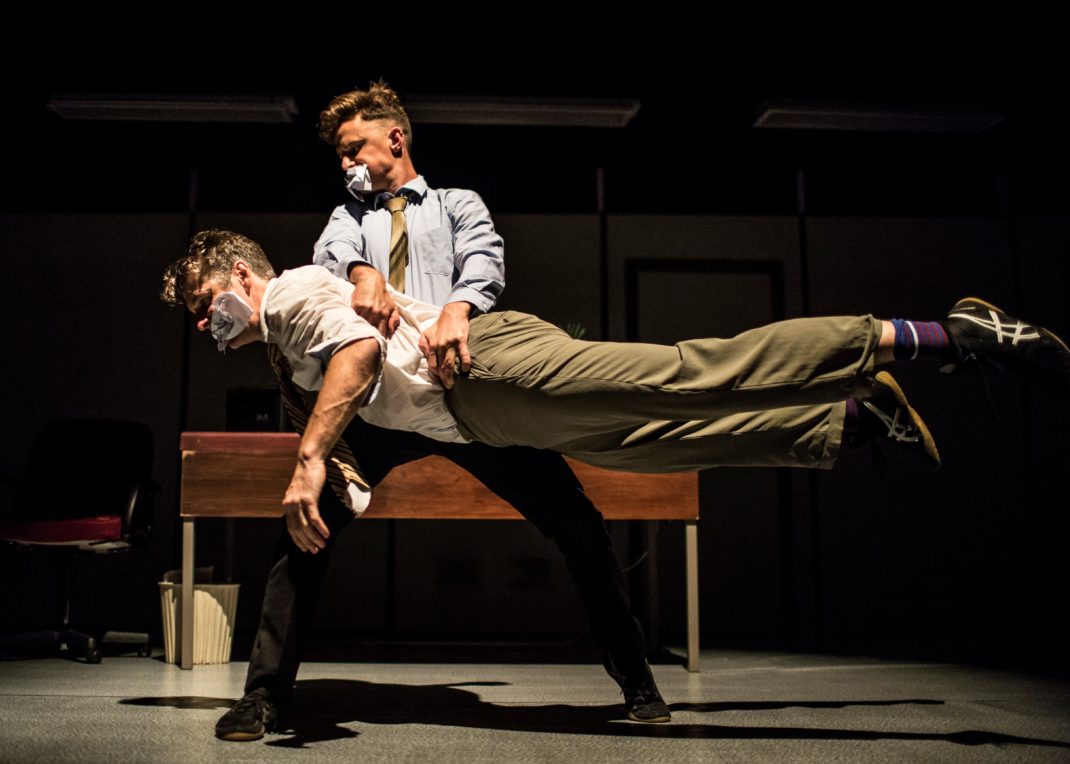Hilary Trotter, whose influence on the role of dance in society, especially in Australia, is almost without measure, has died in Canberra in her 91st year. From a personal point of view, she helped me for several years with the establishment of Brolga. An Australian Journal About Dance. And from the point of view of the growth of professional dance in the ACT, her input was remarkable. Below is an outline of Hilary’s career in dance written by her close colleague Julie Dyson, and published here with her permission.
Hilary Trotter, dance writer, advocate and activist
b. 13 June 1933; d. 18 February 2024
Hilary and her family moved to Canberra in the 1960s, where she was dance critic for the Canberra Times from 1972–90. She was an early advocate for dance in the ACT as a writer and parent of young children at the then Bryan Lawrence School of Ballet where she herself—determined to learn the intricacies of ballet—joined the classes as an adult beginner. In 1977 she became a founding member of the Australian Association for Dance Education (now the Australian Dance Council—Ausdance), and was its first ACT President from 1977–1981, and National President from 1981–84.
Hilary helped to draft Ausdance’s first Constitution in 1978, wrote its monthly newsletter Dance Action, managed ACT dance projects such as Sunday in the Park, initiated the annual ACT Summer School of Dance, the ACT Dance Festival, and then successfully lobbied for the establishment of the ACT’s first professional dance company, Human Veins Dance Theatre (HVDT).
In the early 1980s she was elected to the Gorman House establishment committee, ensuring that there would be workable and accessible dance spaces there with sprung floors, high ceilings and adequate office and green room spaces. Since then there have been permanent professional dance companies in residence in Gorman House [now Gorman Arts Centre]: HVDT, the Meryl Tankard Company, Sue Healey’s Vis-à-vis Dance Canberra, the Australian Choreographic Centre, and now QL2.
Funding for all Ausdance ACT projects were the direct result of Hilary’s skills as a grant application writer and advocate. When Ausdance National received its first Australia Council funding in 1984, Hilary became its co-director until her retirement in 1991, co-managing many projects for Ausdance National including the establishment of a national dance database, partnerships with the Media Arts & Entertainment Alliance (MEAA) to produce the Dancers’ Transition Report (1989), and the National Arts Industry Training Council to produce the first Safe Dance Report (1990) as its skilled project designer and editor, and inventing the now internationally-recognised term ‘Safe Dance’, with implications for dance practice world-wide. She also designed Brolga—an Australian Journal About Dance and Asia-Pacific Channels for many years, and was the writer, editor and designer of all Ausdance National publications throughout the 1990s.
Hilary’s vision for Ausdance was to see a network of funded Ausdance organisations throughout the country, and her work to realise that vision led to a real growth in Australians’ understanding of dance as an art form, as a vital part of every child’s education, as a health imperative and as a serious area of tertiary study. The national coordinators toured the country every year throughout the 1980s and early ’90s, visiting each Ausdance office, holding meetings with companies, studio teachers, students, tertiary institutions, local arts councils and funding bodies, and endeavouring to link all their activities to meaningfully connect the industry with a voice that would be heard by decisions makers at all levels, but most particularly in the federal Parliament.
Hilary’s passing sees the end of an advocacy era, where leadership that provides action and a national overview is respected, validated and acted upon by all in the greater interest of dance across political and state boundaries. Recent national and state funding decisions have greatly undermined this effort, a situation that saddened Hilary in her later years.
Hilary’s approach was gently persuasive, always backed by written evidence and supported by others with whom she worked. Hilary was made an Honorary Life Member of Ausdance in 1991, and was further honoured at the 2018 Australian Dance Awards for Services to Dance.
Vale Hilary!
—Julie Dyson, 18/2/24
Julie Dyson has reminded me also of an oral history that Hilary Trotter recorded in 1988 with Don Asker director of Human Veins Dance Theatre at the time, which is part of the oral history collection of the National Library of Australia. She also reminded me of a series of articles (five to be exact) regarding a 1982 tour made by Adelaide-based Australian Dance Theatre (ADT), then led by Jonathan Taylor. The articles, with the title ‘Dustbins and Taffeta’, appeared in Brolga, issues 10–14 (1999–2001). Looking back at them they provide an exceptional record of that tour, which started at Sadler’s Wells in London and then continued at a range of festivals in Germany, Italy, Yugoslavia and Greece. I randomly opened up the first article and read the following paragraph, which concerns Taylor’s work While we watched:
The deep impression made by the high energy level of the dancing is a hallmark of the piece. But the rake and small size of the Sadler’s Wells stage have caused problems of pace and timing in rehearsal. In Adelaide the dancers had to run at full speed to make their stage crossings in time, but here people keep finding themselves arriving at designated points in the pattern too early. Nevertheless I hear the stagehands behind me talking in low voices, ‘See the energy—it’s staggering—people zipping about all over the place—God, what stamina!
All five articles are well worth reading. (Brolga is unfortunately no longer in production but it is held in print form in most major state libraries around Australia.)
Vale Hilary indeed!
Michelle Potter, 19 February 2024
Featured image: Hilary Trotter receiving her Honorary Life Membership from Ausdance President Keith Bain in Perth in 1991. Photographer not identified
